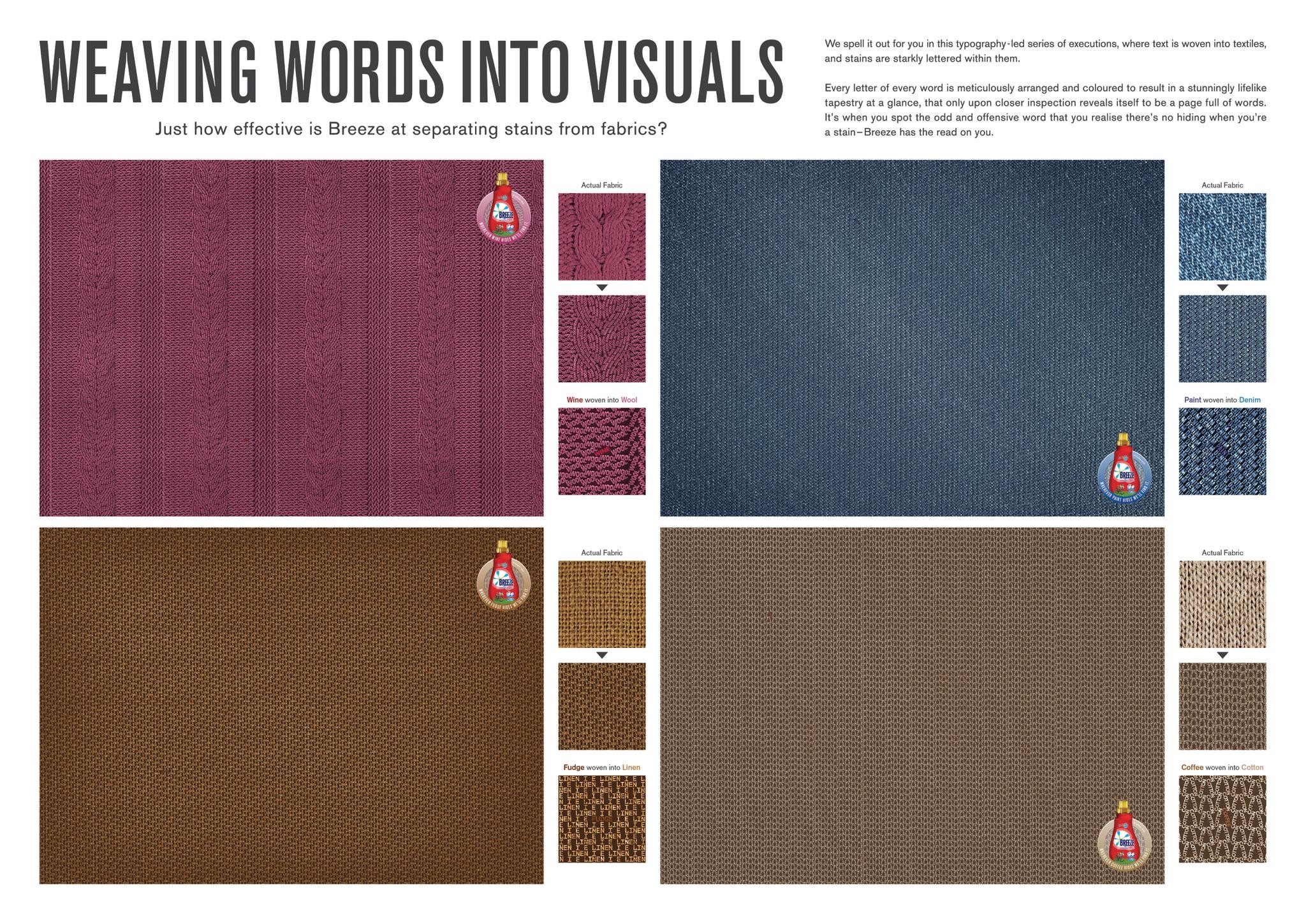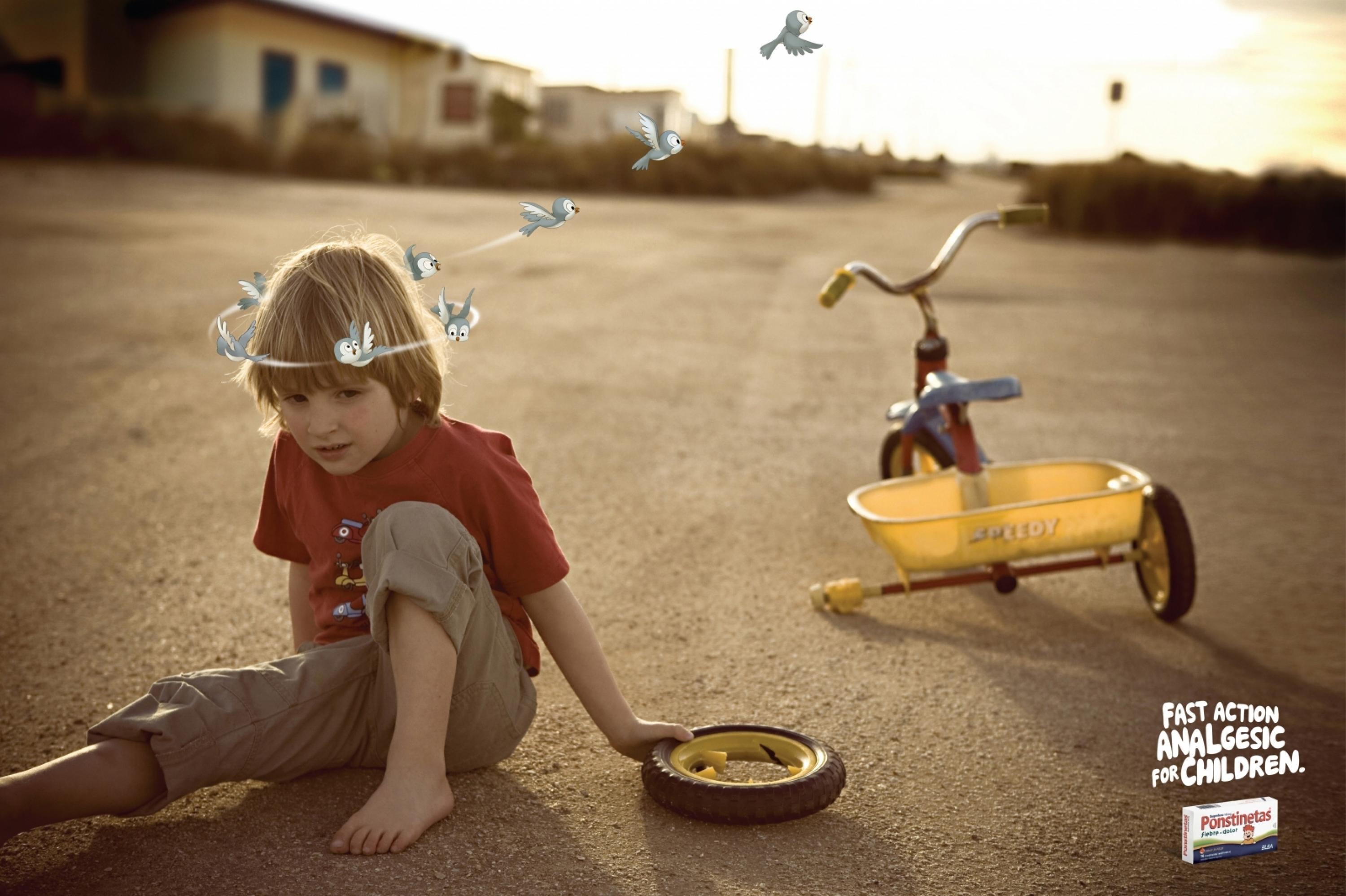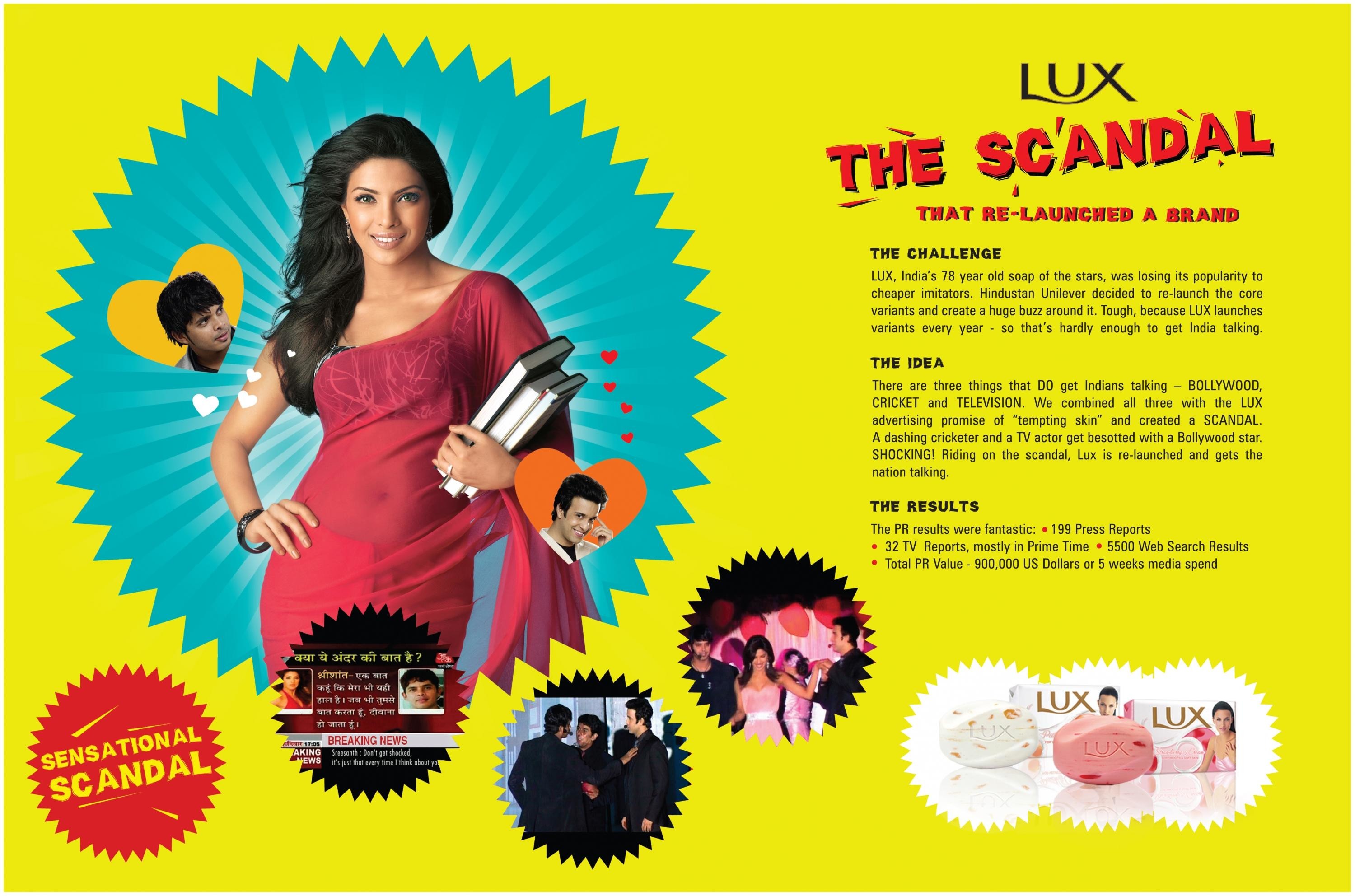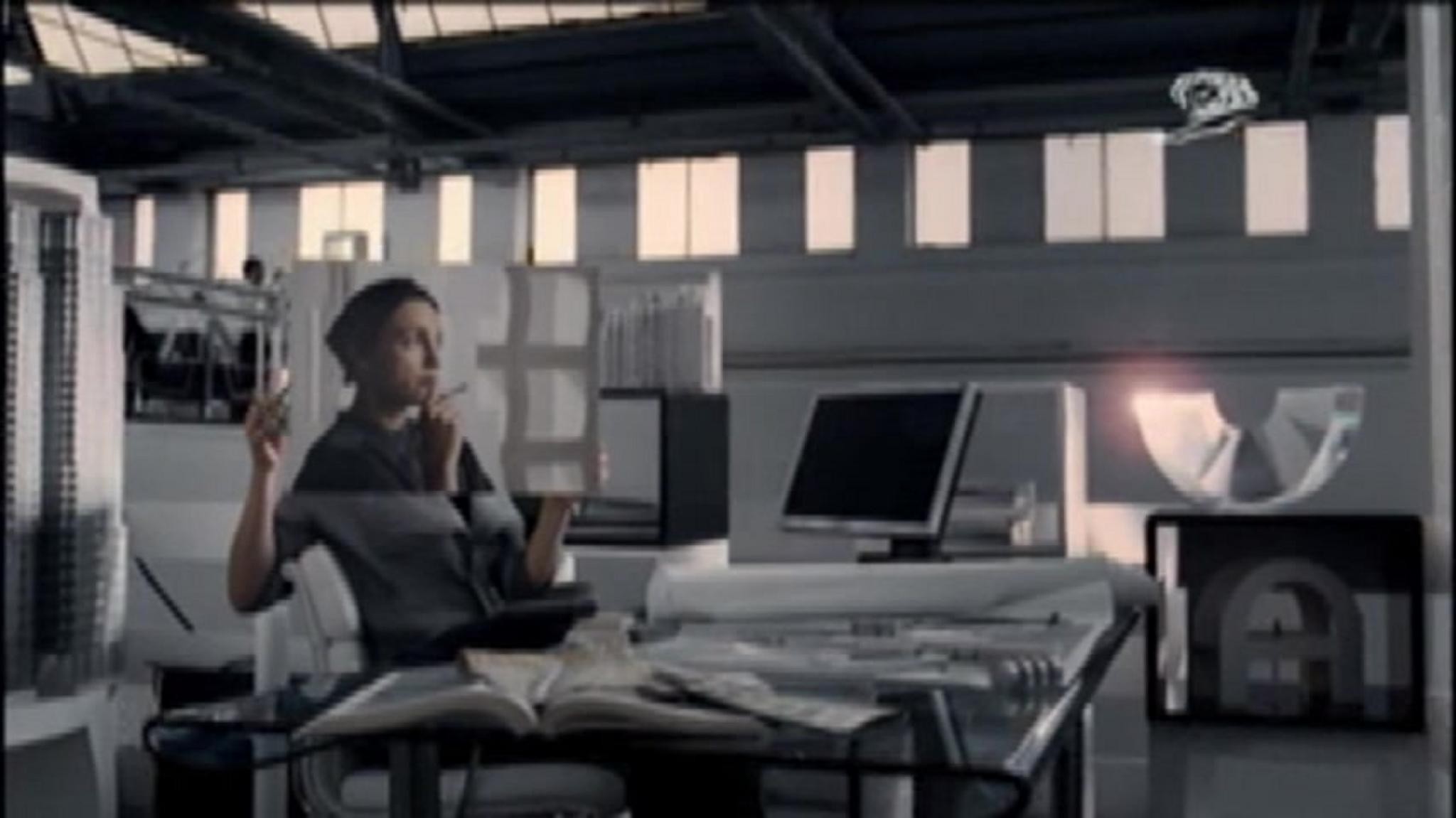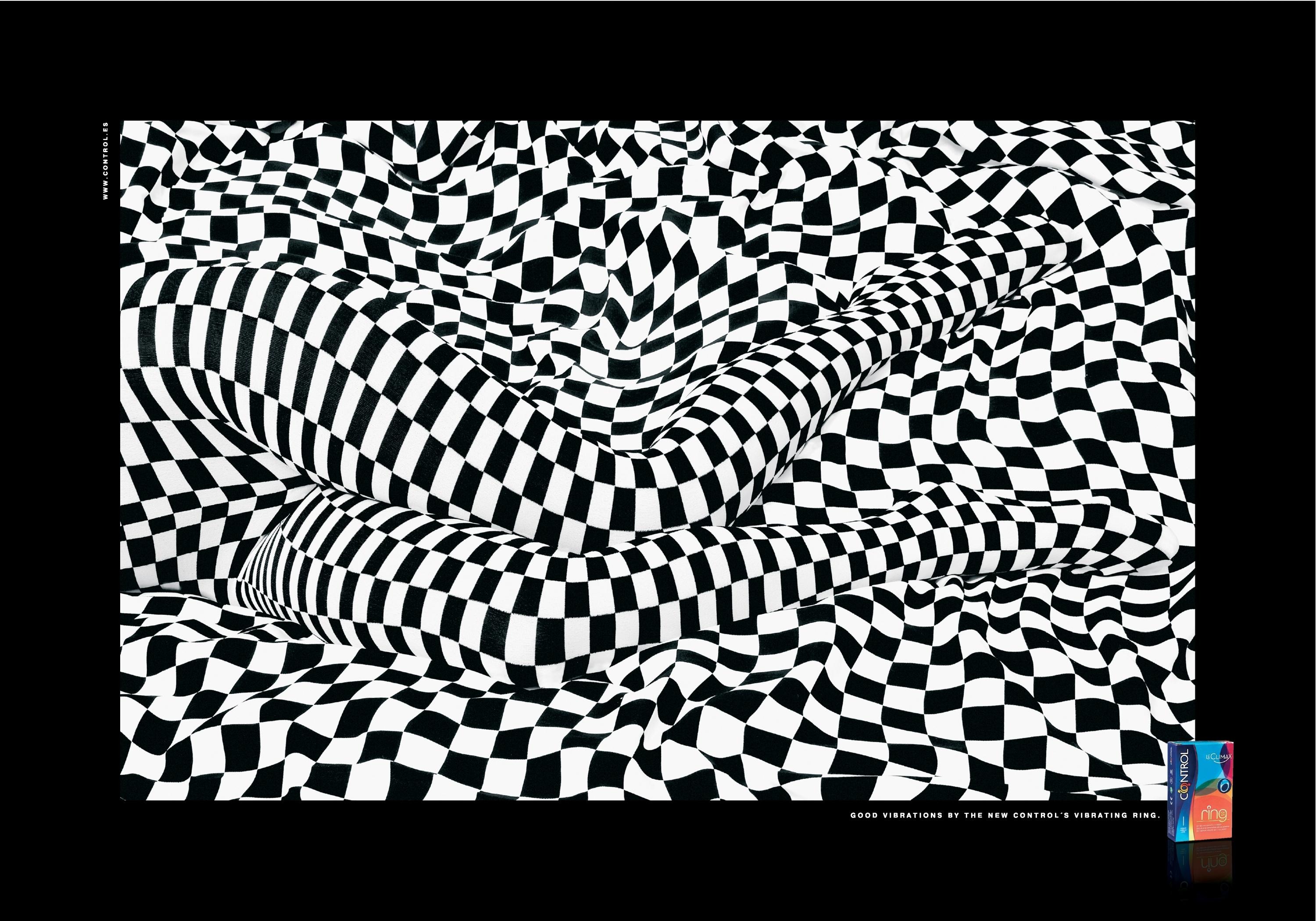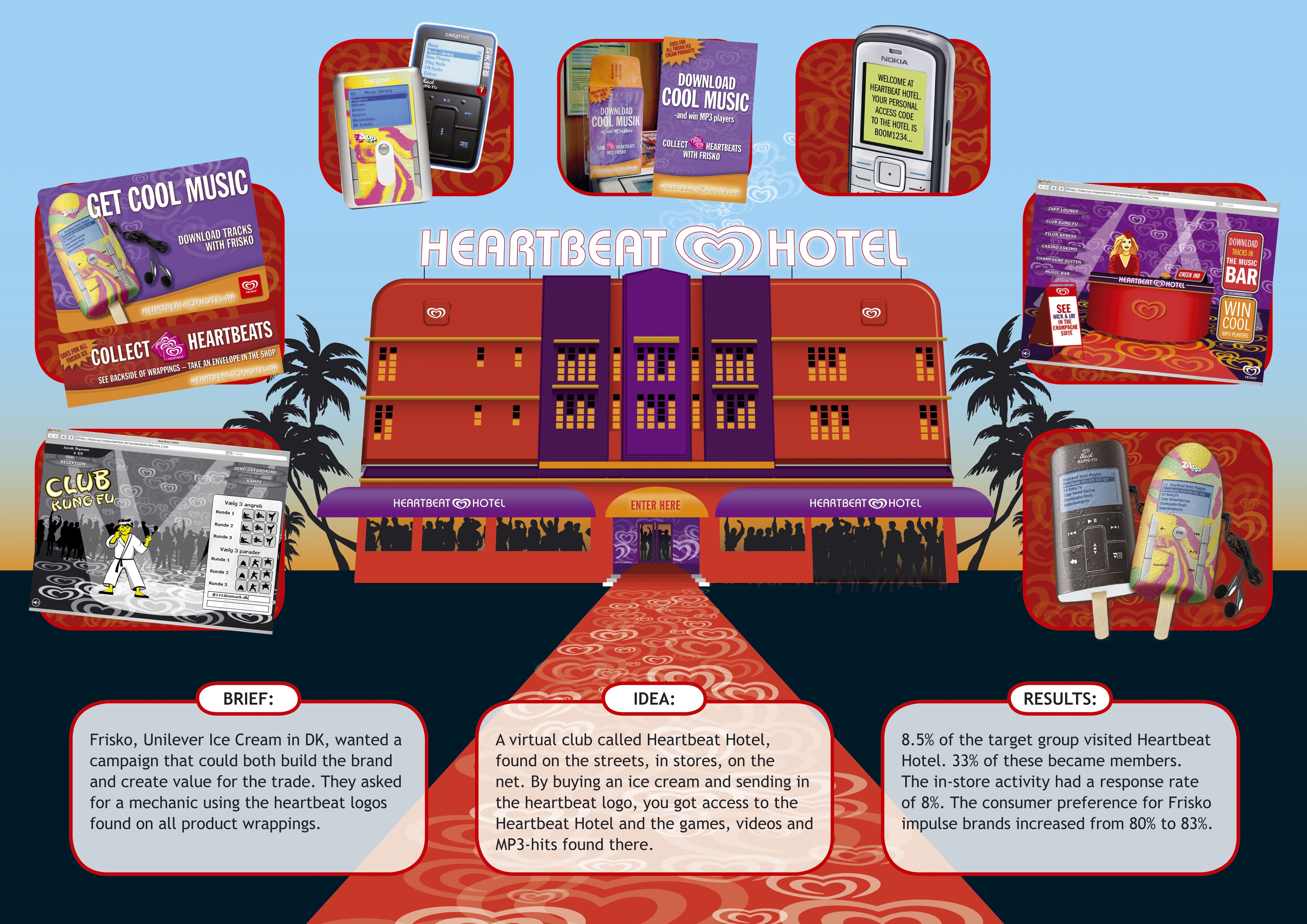Spikes Asia
Smart Fill
VMLY&R COMMERCE, Mumbai / UNILEVER / 2023

Overview
Entries
Credits
Overview
Background
Approximately 36% of all plastics produced are used in packaging, approximately 85% of which ends up as plastic pollution*. Taking responsibility for its business’ impact on the environment, Unilever has pledged to remove more than 100,000 tonnes of plastic entirely, by 2025.
Unilever products reach 9 in 10 Indian households. With a population that’s equivalent to the sum of 12 of the largest countries, India has one of the world’s biggest plastic footprints*.
The future will only be about plastic alternatives. Unilever had to future-proof its business by building a sustainable packaging solution. We needed to re-examine the fundamentals and drive conversions through mass adoption of a sustainable solution in a channel where people were making purchases.
But the bigger challenge was, ‘How do we convince shoppers to shift to a sustainable alternative if they don’t care about the environment?’
*Source: unep.org
Idea
We sacrificed Unilever’s most valuable branding asset – its packaging.
We introduced Smart Fill, an in-store experience that lets shoppers use other brands’ plastic waste as Unilever packaging. Shoppers can use any empty container as packaging to Smart Fill products like Vim, Surf Excel and Comfort.
The creative solution harnessed two cultural nuances stemming from the resourcefulness mindset of Indian shoppers.
1. Culture of thrift. Unlike the West, trade-offs are expected with every action. People bring bags to supermarkets to avoid carry bag charges. It isn’t that they cannot afford a 7¢ carry bag on a $70 bill, but they dislike wastefulness.
2. Cultural practice of repurposing used packaging like cookie tins as sewing kits, soda bottles as spray bottles.
Our strategy was to tap this resourcefulness and sense of thrift to seamlessly fit into the existing shopper journey, without sacrificing time and effort.
Strategy
Awareness about plastic pollution is at its peak, due to various recycling drives, clean-ups, waste segregation, and sustainability pushes. But only 9% of plastic waste gets recycled and viable alternatives are few and far apart.
Our strategy needed to turn ‘awareness but inaction’ into ‘actions that propel awareness’.
Convincing consumers to adapt to a new sustainable alternative is a challenge. We explored consumers’ stance towards plastic-free alternatives and identified five cohorts.
1.Eco Warriors: Already leading sustainable lifestyles (5%)
2.Convenience Seekers: Awaiting effective alternatives (10%)
3.Value Seekers: Need value exchange to switch (20%)
4.Value Chasers: Prioritise value over sustainability (30%)
5.Unawares: Completely unaware (35%)
It wasn’t the Eco Warriors and Convenience Seekers we needed to target, it was the Value Seekers and Value Chasers.
Our approach balanced value and sustainability drivers to inspire behavioural change that leads to conversions.
We took away the branding, to build the brands.
Execution
When: During the existing shopper journey.
Where: Adjacent to home care product aisles in the store.
Shoppers are redirected from these aisles to the Smart Fill station.
How:
1.Bring any empty bottle to the store e.g. soda/other brands/Unilever
2.Place it under the dispenser
3.Select the desired product and quantity
4.Paste the barcode on the refilled bottle and check out
Why: It appeals to the consumers’ sense of resourcefulness and is extremely easy to operate. They save not only on packaging costs, but by purchasing smaller amounts. It also leads to increased product trials.
A 20% discount makes Smart Filling more cost-effective than packaged products.
Leveraging an existing practice makes it easier to get shoppers to carry their own bottles.
Each station costs $2,597, making it a more cost-efficient and scalable medium than most traditional media.
Outcome
Smart Fill is an incentivised behaviour change model that has opened new sales channels for Unilever. Owing to the strong cultural nuance, the model is bound to only work in countries like India. But given the country’s population, it’s as effective as implementing the model in 12 of the world’s largest countries.
We optimised the supply chain by eliminating the processes of manufacturing new plastic packaging and labels.
- Reached ~ 349 MM consumers.
- 150 Litres are Smart Filled every hour.
- 85% repeat purchases.
- We earned PR worth USD1.5 MM.
- 57.2 Kg plastic reduction per day.
- Its simplicity and scalability will help reduce India’s plastic pollution by 50% before 2025.
Similar Campaigns
12 items
